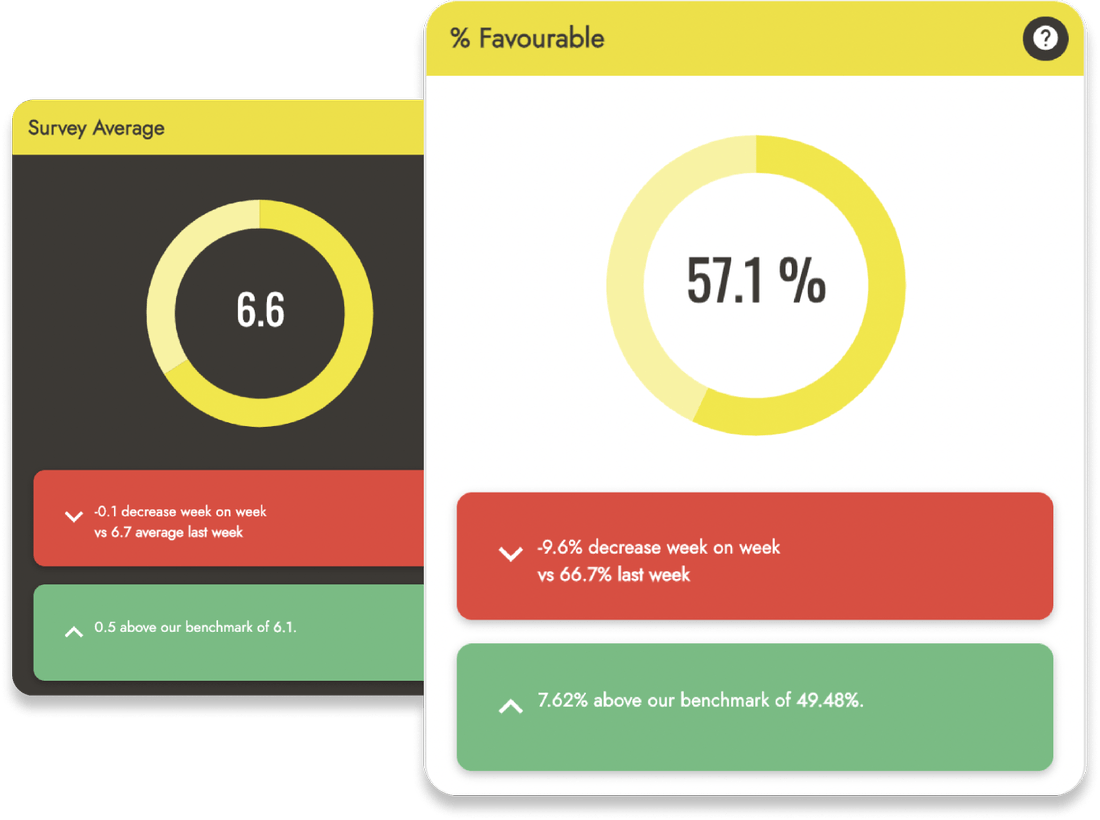In a world that increasingly embraces diversity, it is essential to acknowledge and celebrate the experiences of queer people of colour. Their journeys are often characterised by a unique set of challenges and triumphs. Beyond the personal struggles faced as a member of the LGBTQ+ community, these individuals must also confront the intersections of race and identity. This blog explores the physical and mental impact this dual identity can have on employees and highlights how organisations can create supportive environments that foster their growth and happiness.
Embracing Intersectionality
Being a queer person of colour involves navigating multiple dimensions of identity simultaneously. Recognising the importance of intersectionality is crucial for understanding the challenges faced by individuals who fall within this category. It requires acknowledging that their experiences may differ from those of their white counterparts or non-LGBTQ+ colleagues.
“There is no such thing as a single-issue struggle because we do not live single-issue lives.”
~ Audre Lorde, 1982
These experiences can show up in different ways:
Physical Impact:
The physical toll of navigating the world as a queer person of colour can be significant. Experiencing discrimination, microaggressions, or systemic bias can contribute to higher levels of stress, leading to potential health issues such as increased heart rate, high blood pressure, or compromised immune systems. It is essential for organisations to prioritise inclusive environments to reduce these physical stressors.
Mental Health Struggles:
The mental wellbeing of queer people of colour can also be profoundly affected by their experiences. The constant pressure to conform to societal expectations, fear of rejection or harassment, and the burden of invisibility can lead to increased rates of anxiety, depression, and other mental health challenges. Organisations must prioritise mental health support and resources, promoting a culture of understanding and acceptance.
Supporting LGBTQ+ People Of Colour
It's often helpful to see some concrete steps you take in order to ensure you have a supportive environments that fosters everyone's happiness and increases employee engagement.
1. Create Safe Spaces:
To support queer people of colour, organisations must actively work to create safe spaces where individuals feel seen, heard, and valued. Ensuring that everyone has their needs met by providing spaces such as gender-neutral bathrooms can foster a sense of belonging and promote mental wellbeing. It's important to cater to the individual needs of your employees. You can do this by implementing a listening strategy and utilising tools such as ‘always-on listening’. This way you can hear from and understand a wider range of experiences.
2. Invest In Education & Awareness:
Promoting education and awareness about the unique challenges faced by queer people of colour is vital. Organisations can facilitate workshops, seminars, or panel discussions to promote understanding and empathy among employees. Encouraging open dialogue and providing resources to educate others can create a more inclusive workplace culture.
3. Actively Promote Advocacy & Allyship:
Actively engaging in advocacy and allyship initiatives can have a profound impact on the well-being of queer people of colour. Organisations can support employee resource groups or affinity networks, sponsor LGBTQ+ events, or collaborate with local organisations to foster a sense of community and support.
4. Provide Mentoring & Career Development:
Queer people of colour often face additional barriers when it comes to career advancement. Organisations can address these challenges by implementing mentorship programs and career development initiatives tailored to their unique needs. By providing opportunities for growth and progression, companies can help break down barriers and support the professional success of these individuals.
5. Ensure You Have Inclusive Policies & Benefits:
Organisations should review and revise their policies to ensure they are inclusive of queer people of colour. This could include offering comprehensive health benefits that cover LGBTQ+ healthcare needs, providing leave policies that are inclusive of diverse family structures, and establishing clear protocols to address discrimination or harassment.
So, What Do We Know?
Being a queer person of colour in the workplace requires resilience and strength in the face of unique challenges. Organisations have a responsibility to foster an inclusive environment that supports the physical and mental well-being of their employees. By embracing intersectionality, creating safe spaces, promoting education, advocating for change, and offering inclusive policies, organisations can empower queer people of colour to thrive, contributing their diverse perspectives and talents to a happier, more vibrant workplace.

Linked to Happiness & Engagement in our neuroscience methodology... learn more
About The Happiness Index
The Happiness Index helps organisations measure the key employee engagement AND happiness drivers to power their people strategy.
Our unique platform offers the products, insights and tools to shine a light on your cultural health and empower management to drive thriving cultures.
Our neuroscience-based pre-built surveys measure the full employee experience - from onboarding to exit to empower and enable organisations to understand their people and create data-led action plans.





